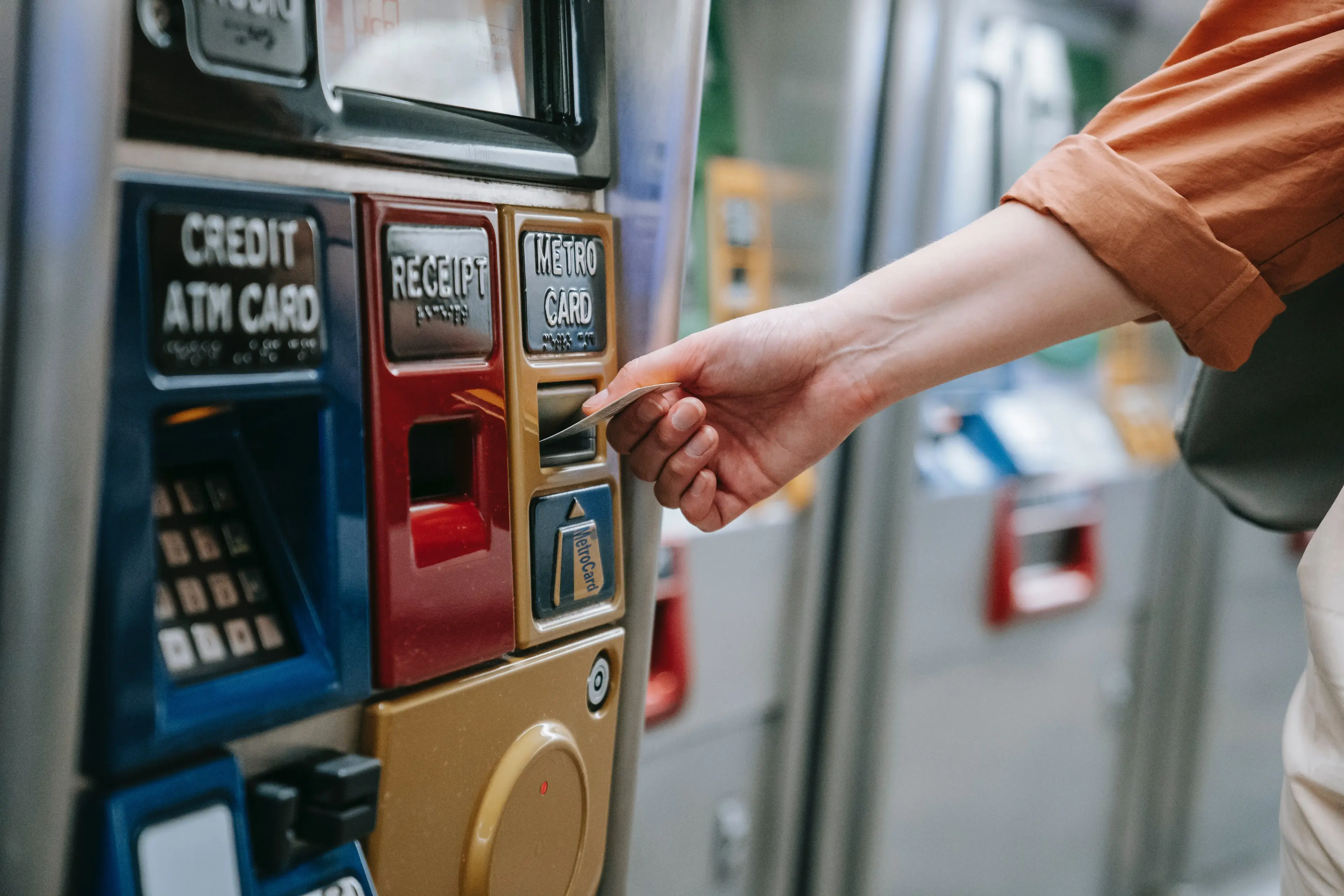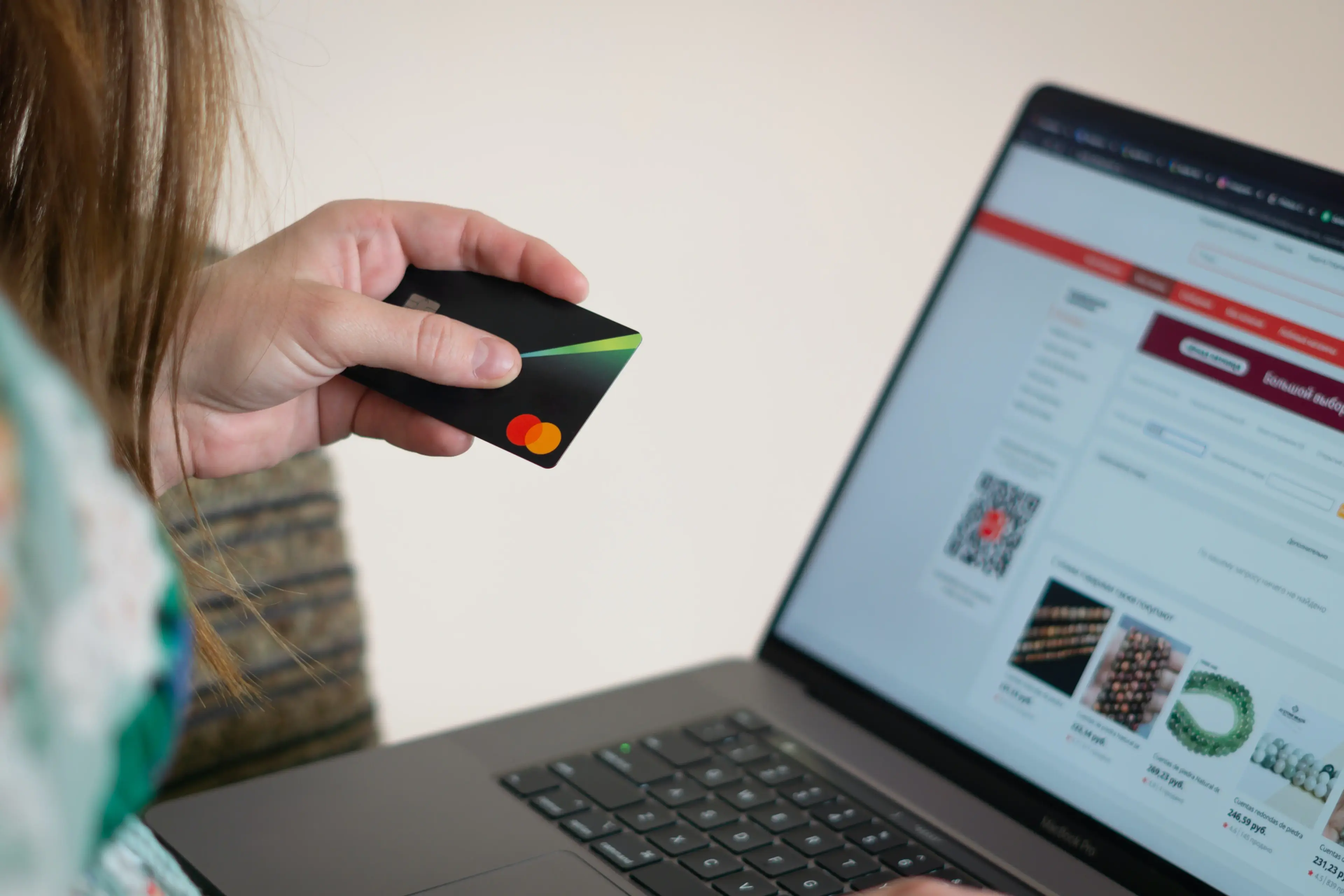Carding: What is it and how to prevent it?
Learn more about life insurance and collateral assignments with our article.
Our content follows strict guidelines for editorial accuracy and integrity. Learn about our and how we make money.
Credit card scams are some of the most common forms of fraud that people have to deal with these days. In the US alone, one security provider estimates that more than a third of people will experience credit card fraud in their lifetime.
If you’ve ever fallen victim to credit card fraud, you’ve probably wondered how they got your details in the first place. In this article we’ll cover carding, how it’s done, the different methods scammers use to clone your credit card, and what you can do to prevent it from happening.
What Is Carding?
Carding is the illegal practice of obtaining credit card or debit card information.
This can be done through various means, such as skimming devices placed on ATMs or credit card readers, or by stealing credit card statements from the mail.
Once the credit card information is obtained, it can be used to make fraudulent purchases or withdrawals.
Carding is a serious problem, as it can lead to identity theft and financial loss for both individuals and businesses.
In order to protect yourself from carding, it is important to keep your credit card information safe and secure.
This includes not sharing your credit card number with anyone, being cautious about where you use your credit card, and regularly checking your credit card statements for fraudulent activity.
What Are The Different Types Of Carding Techniques?
There are many ways that scammers can access your credit card information. They can use physical cloning, shoulder surfing, phishing, or hacking your personal information.
Shoulder surfing is a type of credit card theft in which the thief secretly looks over the shoulder of the credit card holder in order to obtain their account number, expiration date, and security code.
Shoulder surfing is a relatively low-tech form of credit card theft, but it can be very effective if the thief is able to position themselves close enough to the credit card holder.
To prevent shoulder surfing, credit card holders should be aware of their surroundings and shield their credit card information from view when entering it into a terminal or website.
The most common type of carding involves using a skimmer to capture credit card data as it is being swiped.
Skimmers are small devices that can be attached to credit card terminals and ATMs, and they can be very difficult to spot.
Another type of carding is known as phishing, which involves sending fake emails or text messages that appear to be from a legitimate company.
These messages often contain links or attachments that, when clicked, install malicious software on the victim's device. Phishing attacks are used to steal login credentials or financial information of unsuspecting victims.
Finally, some criminals engage in dumpster diving, which is simply going through trash cans in search of credit card statements or other sensitive documents.
By understanding the different types of carding techniques, you can help protect yourself from becoming a victim of credit card fraud.

Source: Pexels
How Can Scammers Use My Credit Card Details?
Once a scammer has your credit card details or a clone of your credit card, they will try to use it.
Scammers can use your credit card details in a number of ways. They may use your details to make fraudulent purchases, or they may sell your details on the black market.
They may also use your credit card details to set up a fake account in your name and run up debt in your name.
If you are a victim of credit card fraud, you may find that you are liable for the debt that has been incurred in your name, even though you didn’t spend the money. This can damage your credit rating and make it difficult for you to obtain credit in the future.
To protect yourself from credit card fraud, it is important to be vigilant when using your credit card and to check your statements regularly. If you notice any unusual activity, you should report it to your credit card company immediately.
That will depend on your credit provider and the terms of their service.
In some cases, you will be able to claim back any fraudulent spending on your credit card, but in others (depending on how your credit card was cloned), you may not be able to.

How Do Online Merchants Protect Credit Card Details?
Because fraudsters have become more advanced in their approaches to credit card fraud, online platforms have had to develop new technologies and protections to safeguard their customers. Here are some of the ways that online eCommerce platforms protect your credit card information with online purchases.
Multi-Factor Authentication (MFA): This method adds steps to the login process beyond entering a username and password.
For example, if they send an SMS text with a code that needs input before using cards then this would make it difficult for hackers who steal both information from users' phones as well as their credit card numbers. This is because they need: 1) The phone itself
2) A copy of its SIM Card in order to access any cell service providers’ data plans or rechargeable batteries
3)To have successfully compromised one avenue by accessing personal emails CAPTCHAs: CAPTCHAs are a great way to protect carders from automated bots. The distorted text makes it hard for the programmer trying out these cards on his own, so he has less chances of success than if there were no CAPTCHA system in place! Address Verification System: This is a fraud prevention measure that requires cardholders to provide their billing address at checkout in order for them to make purchases online or by phone. If you fail this test, then your transaction will be declined and reported as an unauthorized use of credit cards due to matching database errors between what is entered into our system versus what's on file with merchant/issuer accounts. Card verification values (CVV): These are codes that can be found on the back of cards. They're used to make sure you have an actual card in your possession, not just one purchased online through criminal networks like Dark Web Card Services or carding sites where people buy access numbers for other peoples' accounts with no intention of ever using them themselves-it's generally considered good practice never enter these types if Data into websites which require payment unless absolutely necessary because anyone could potentially pose as whatever type needed at any moment! Velocity Transactions: Merchants use the velocity of transactions to identify irregular patterns in shopping cart checks that might indicate fraud.
For example, it's unusual for someone to make several purchases within seconds or minutes after each other because this could be evidence they are using a stolen card number and retailers decline those orders as potential automated attacks on their system by robots trying out different purchasing options. Other Methods: Visa and MasterCard have introduced new technologies that allow cardholders to make purchases without revealing their personal information.
With payer authentication systems like 3-D Secure or Verified by Visa, you can shop online knowing the merchant has verified who they think is shopping on behalf of them through data transfer between themselves and an issuer during the checkout process. Before you enter your information on any website, make sure that they have one or more of these fraud prevention mechanisms on their website. If they don’t proceed with caution and find out if the retailer can facilitate your transaction through a secure platform.
What Can I Do To Stop People From Cloning My Credit Card?
In recent years, eCommerce platforms have become extremely popular and this makes them a prime location to use fraudulent credit cards. Companies like Amazon, eBay, and other online marketplaces have increased their efforts to curb credit card fraud.
However, despite their efforts, there’s still a chance that you can fall victim to a credit card scam or fraud scheme.
Here are a few tips you can use to protect your credit card information online:
Check that the website you’re entering your credit card information into is secure. Look for the “https” in the URL and make sure there is a padlock icon next to it.
Be wary of phishing scams. Don’t click on any links or open any attachments from someone you don’t know.
Never give out your credit card information in an email or over the phone.
Keep your credit card statements and credit report in a safe place. Review them regularly to check for any suspicious activity.
If you think your credit card information has been stolen, contact your credit card company immediately. They will be able to cancel your card and issue you a new one. following these tips will help you keep your credit card information safe from thieves.
If you're not careful, your credit card information can easily fall into the wrong hands. Here are a few simple tips you can use to protect your credit card information when you're out and about:
1. Be aware of your surroundings. If you're in a busy or crowded place, be extra careful with your credit card. There's a greater risk of someone stealing your information if you're not paying attention.
2. Keep your credit card in a safe place. Don't leave it lying around where someone could easily grab it. Keep it in your wallet or purse, and keep an eye on it at all times.
3. Be cautious when using public Wi-Fi. Don't use public Wi-Fi to make online purchases or access sensitive account information. Thieves can easily intercept data sent over public Wi-Fi networks, so it's best to avoid using them for anything confidential.
A final bit of advice is to use digital identity protection software to secure your credit card information. If you’d like to learn more about the best programs out there to safeguard your personal information, reach out to one of our consultants today at 1-888-912-2132 or help@policyscout.com.
FAQs about Carding
What are carding attacks?
A carding attack is a deliberate attempt to access your banking details through physical and digital methods. This can involve a skimming device or it can be done through spyware where hackers watch you input your details.
Is carding a crime?
Yes, carding is a crime and there are serious consequences if you are caught. You could spend up to 20 years in jail if you are caught using a "device" such as a credit card to commit fraud.
How much do carders make?
It’s difficult to estimate the total amounts that carders make in their scams but some sources suggest that carders steal more than $680 million each year.
Can you go to jail for using someone else's credit card?
Yes, if you are convicted you could be sentenced to up to five years if you use someone else’s credit card without their knowledge or consent.
What is carding?
Carding is the illegal theft, copying, manipulation, and use of someone’s bank cards (credit, debit, and other). It is a serious offense and is classed as a felony in most states.
Where Can I Learn More About Digital Identity Protection?
At PolicyScout, we’ve made it our goal to simplify topics so that everyday consumers can make sense of their options. If you’d like to learn more about carding, credit card fraud, online scams, and ways to protect yourself, visit our Digital Identity Protection Hub today.
If you’re interested in improving your digital identity protection, speak to one of our agents to find the best products on the market and get help with choosing a provider. Call us today at 1-888-912-2132 or send us an email at help@policyscout.com to get started.